
Question and Answers Forum
Question Number 77990 by peter frank last updated on 12/Jan/20
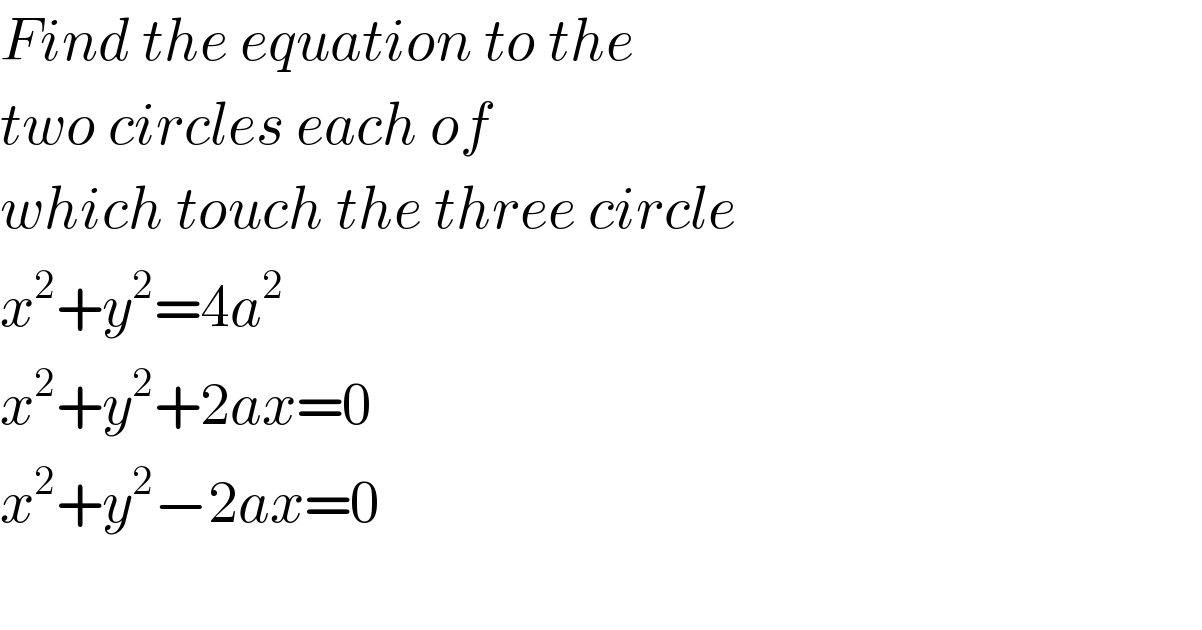
Answered by john santu last updated on 18/Jan/20
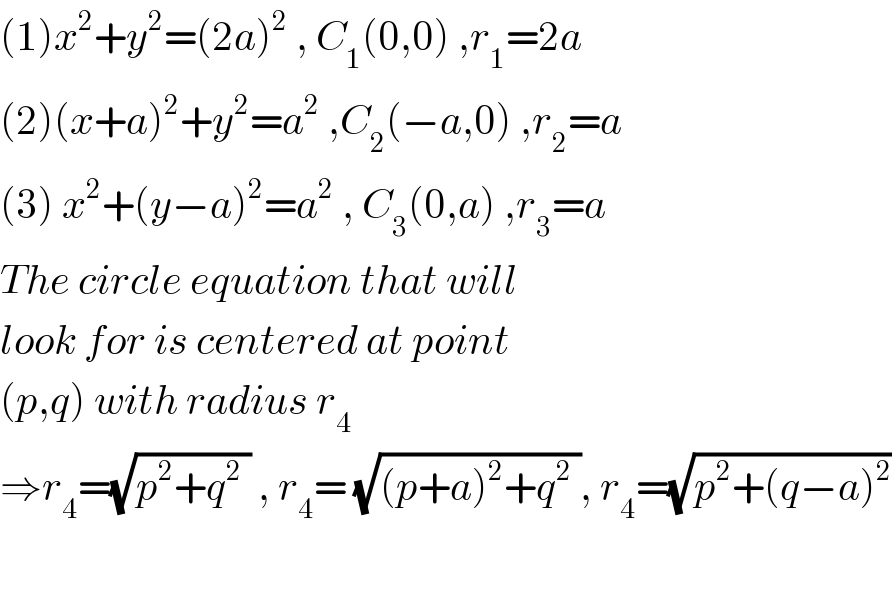
Commented by john santu last updated on 18/Jan/20
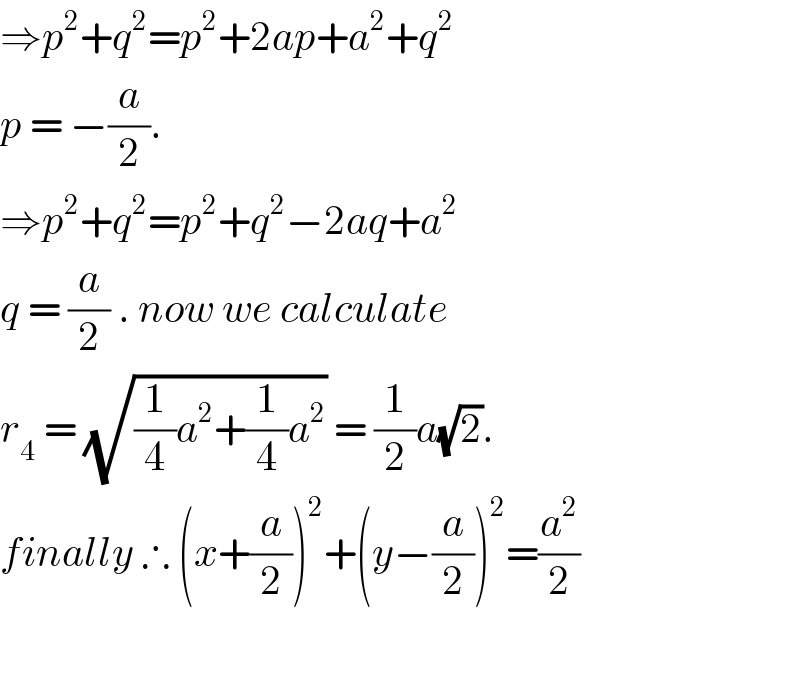
Commented by mr W last updated on 18/Jan/20

Commented by mr W last updated on 18/Jan/20
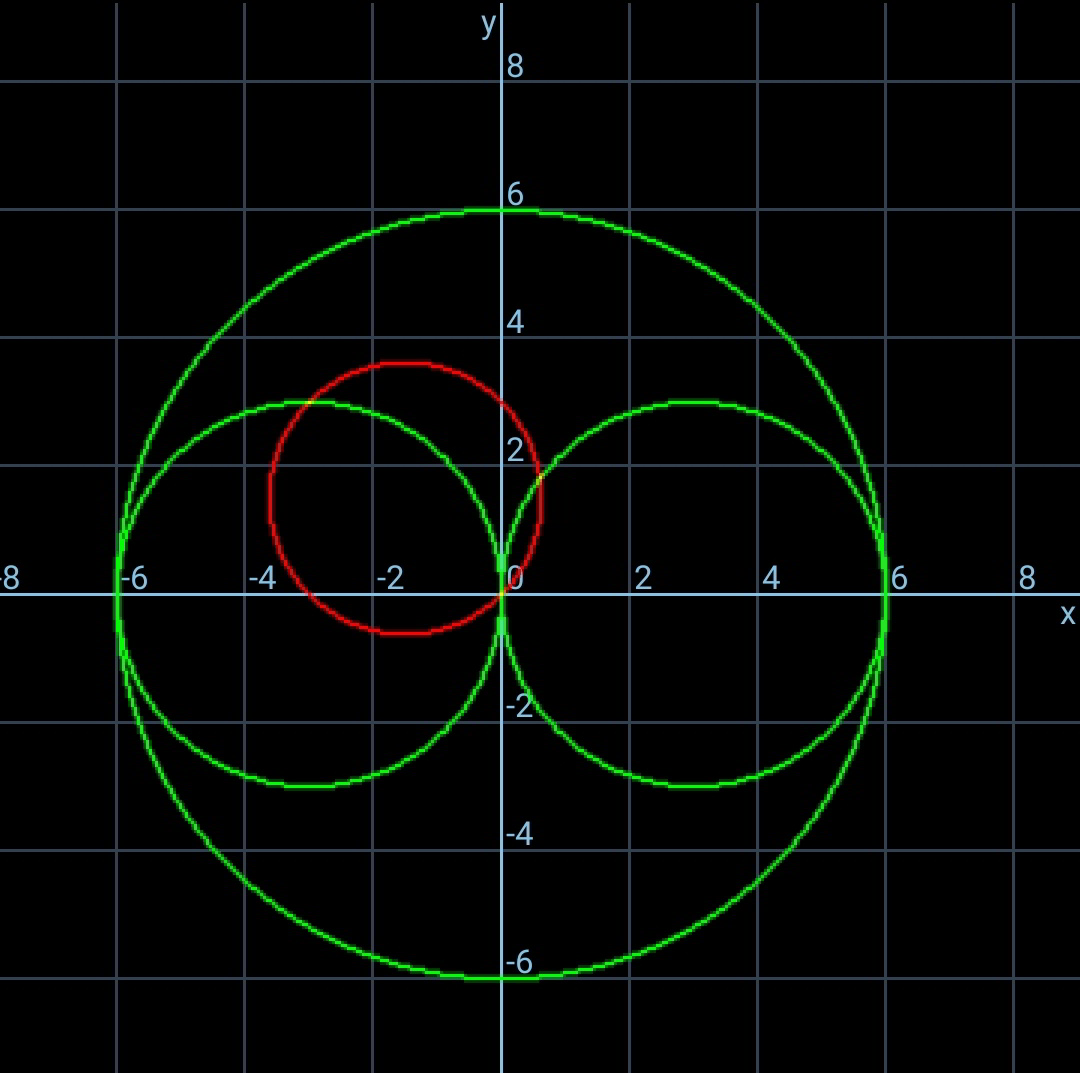
Commented by john santu last updated on 19/Jan/20

Answered by mr W last updated on 18/Jan/20
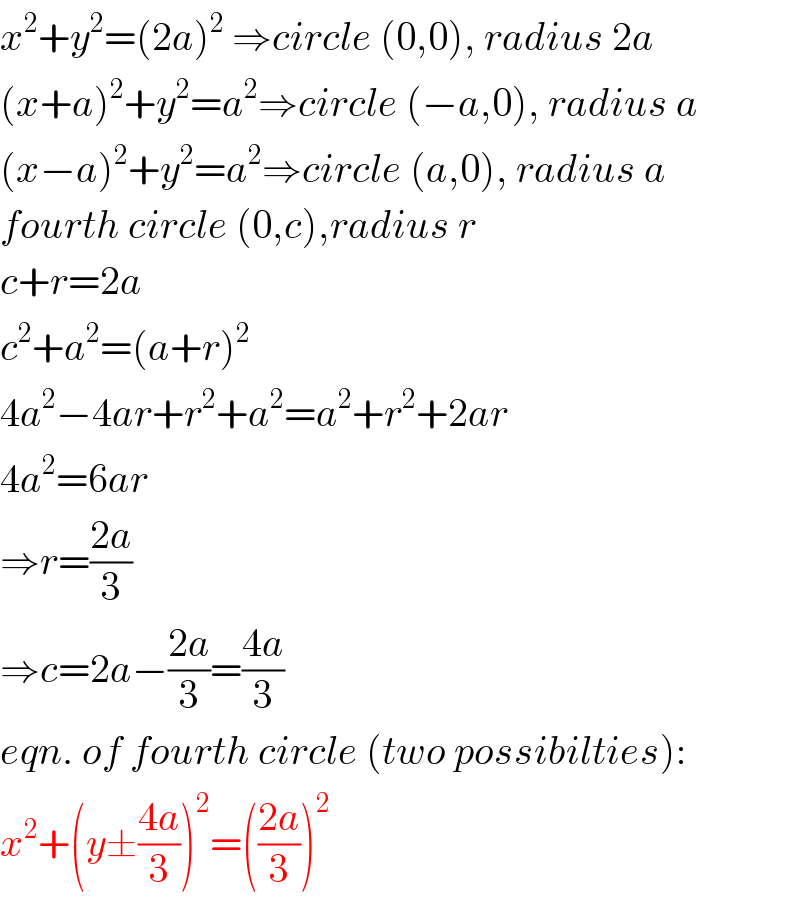
Commented by mr W last updated on 18/Jan/20
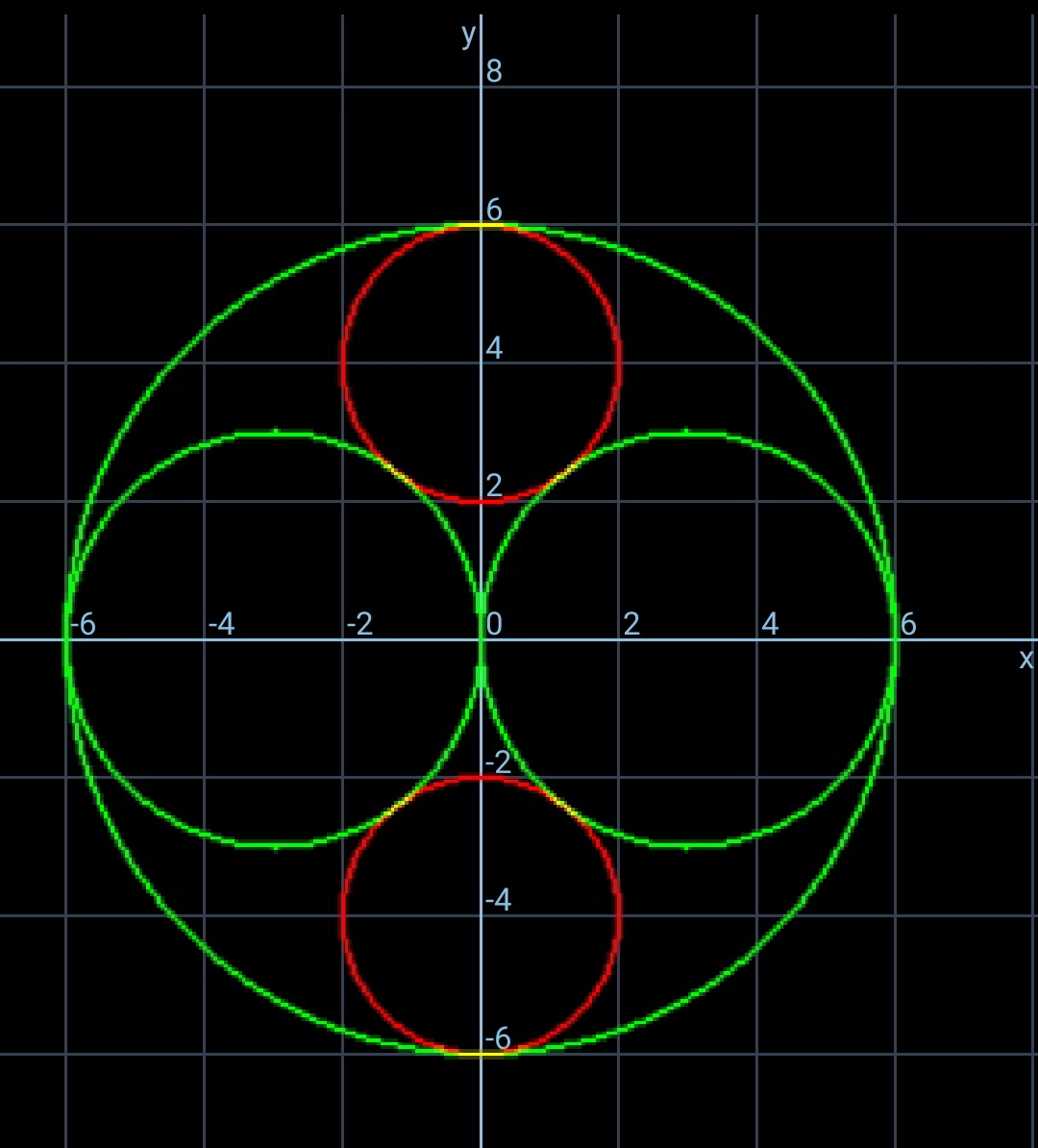
Commented by peter frank last updated on 18/Jan/20

Commented by mr W last updated on 18/Jan/20
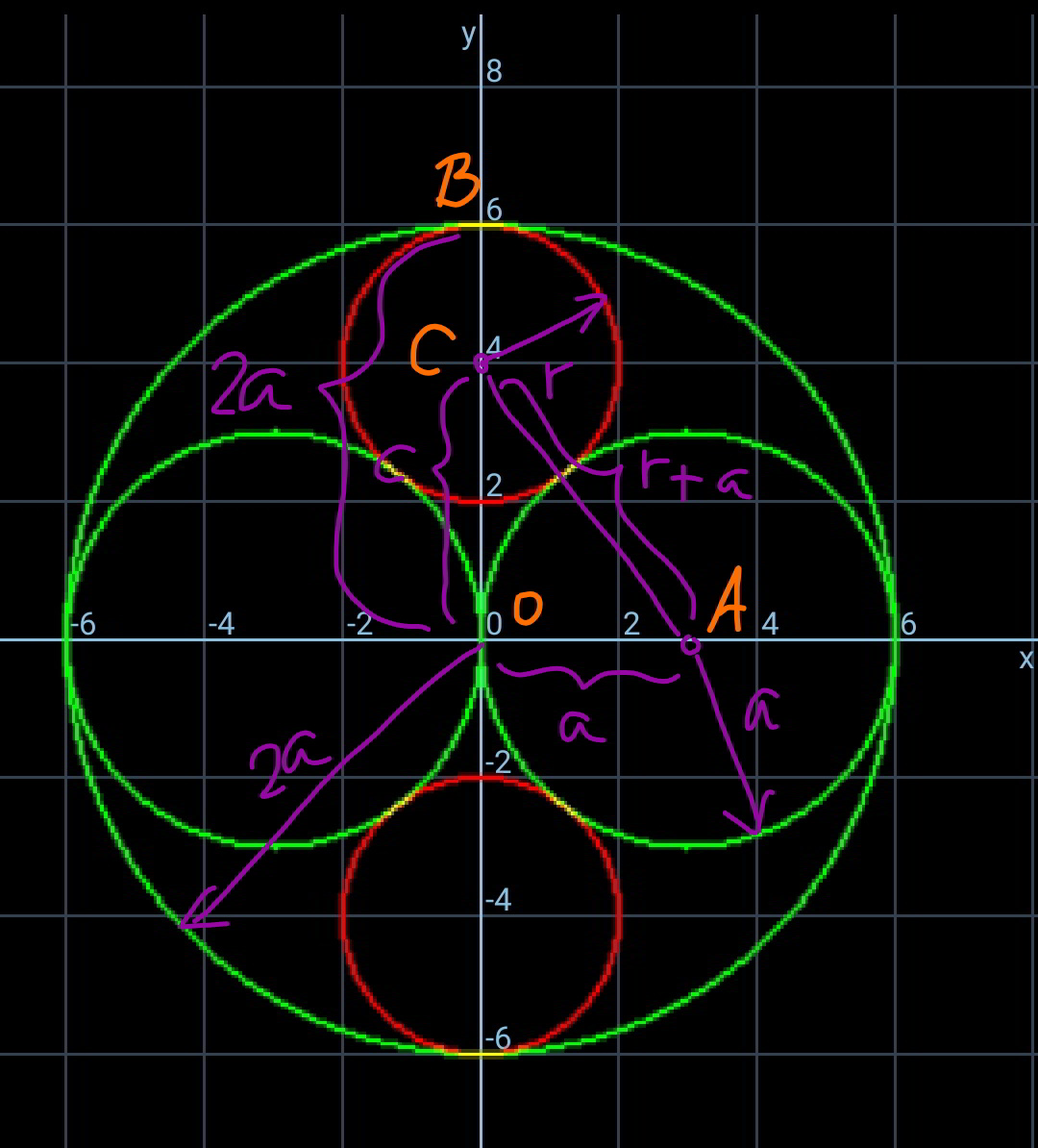
Commented by mr W last updated on 18/Jan/20

Commented by john santu last updated on 19/Jan/20

